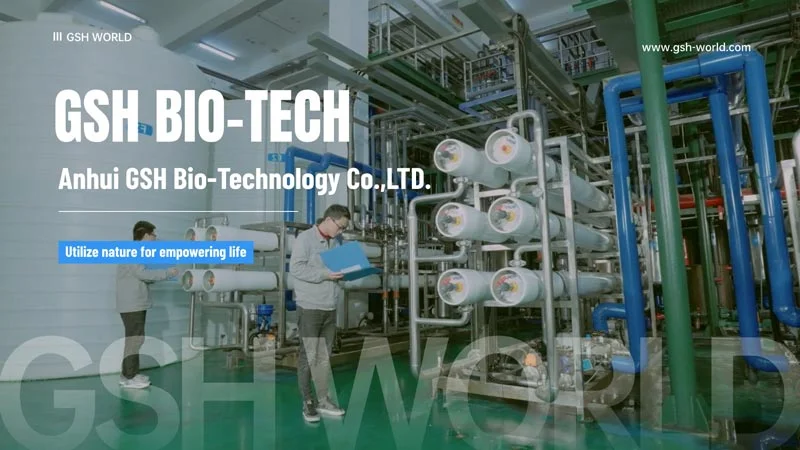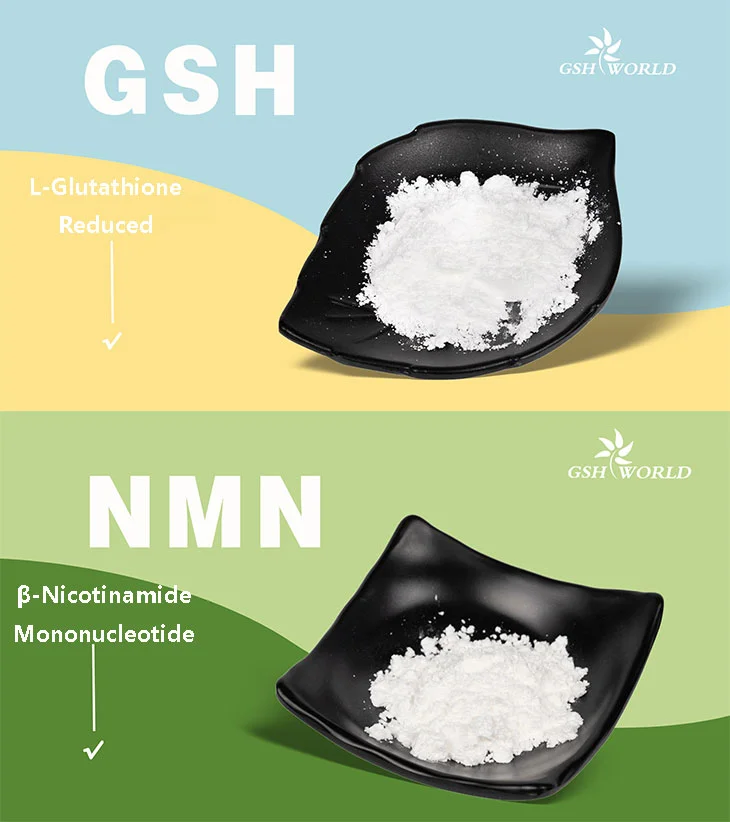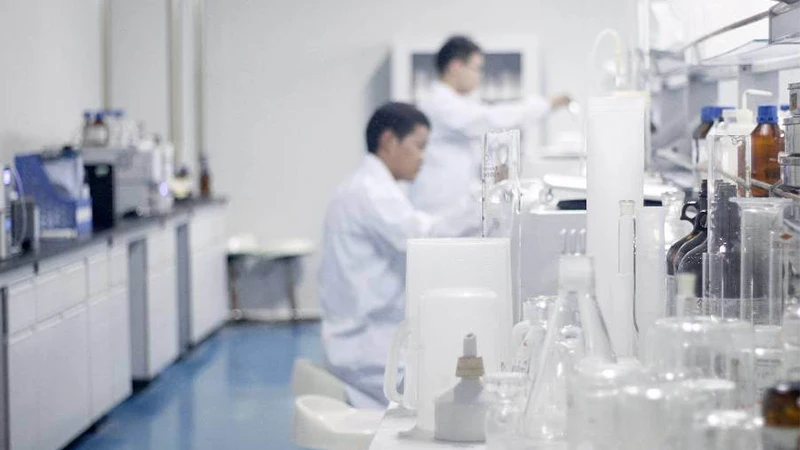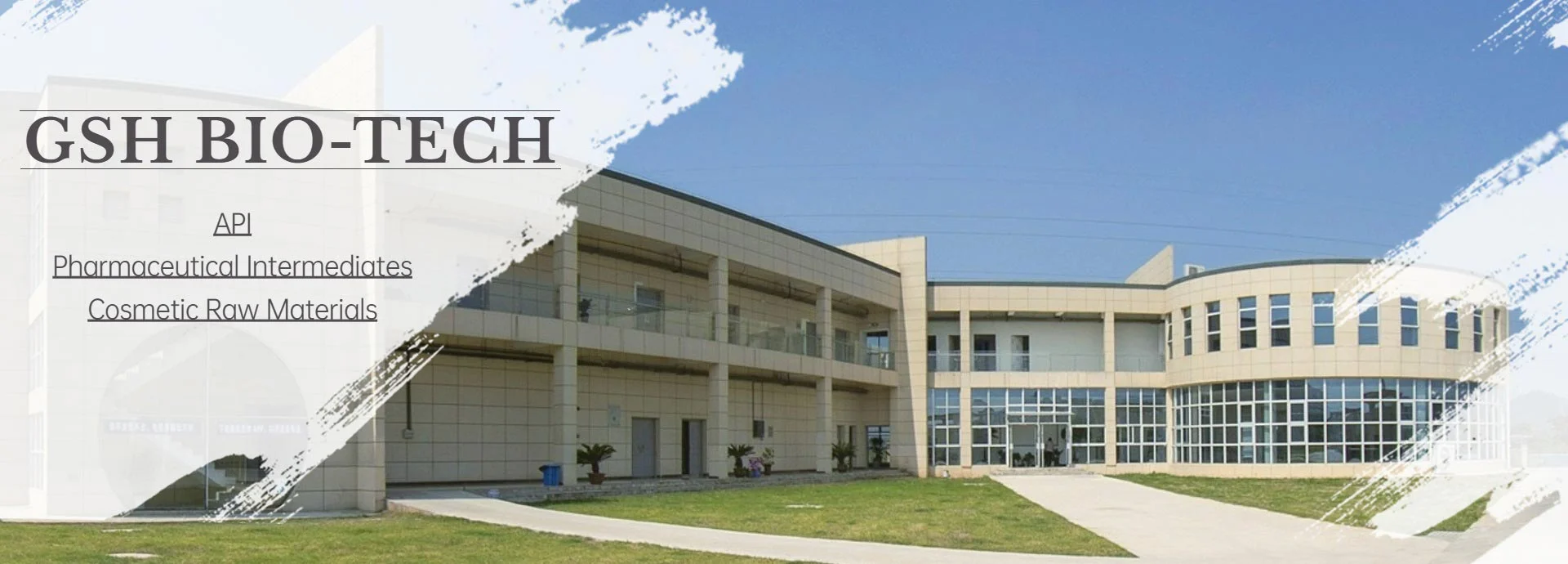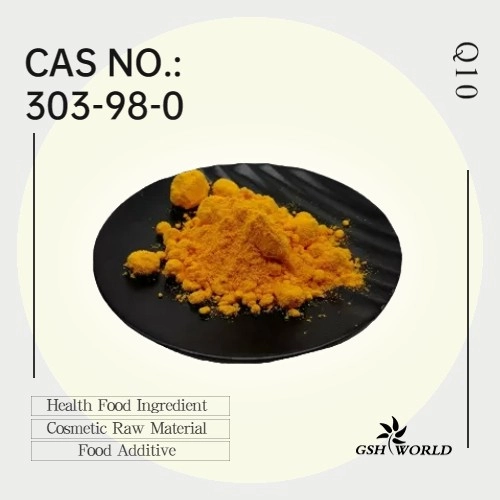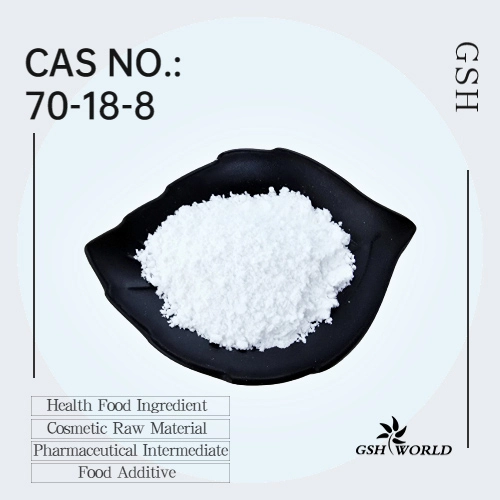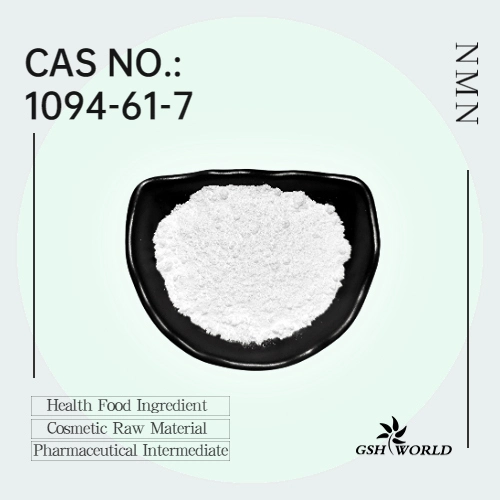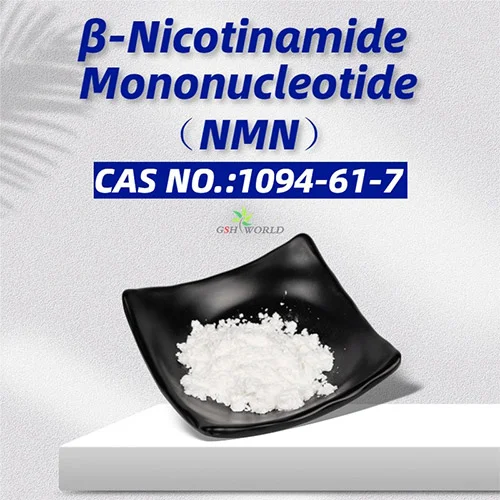Differences Among Food Supplements in Alleviating Oxidative Stress
Although food supplements can mitigate oxidative stress through multiple mechanisms, they differ markedly in efficacy and suitable scenarios because of variations in chemical composition, molecular targets and biochemical pathways.
1. Omega-3 fatty acids
Primarily EPA and DHA lower oxidative stress indirectly by modulating inflammation and by preserving membrane integrity, thereby reducing ROS-inflicted cellular damage. Specifically, they suppress the production of pro-inflammatory mediators and the consequent ROS burst linked to inflammation; incorporate into membrane phospholipid bilayers to enhance membrane stability and slow lipid peroxidation; and reshape gut-microbiota composition to attenuate systemic oxidative stress originating from intestinal inflammation, establishing a "gut-oxidative-stress" regulatory axis.

2. Coenzyme Q10
As an obligatory component of the mitochondrial electron-transport chain, CoQ10 combats oxidative stress in two ways: (i) it optimizes mitochondrial function, decreases electron leakage and simultaneously boosts ATP synthesis, supplying energy for cellular antioxidant systems; (ii) its reduced form, ubiquinol, acts directly as an antioxidant that neutralizes ROS, protecting mitochondrial DNA and membranes. This creates a dual defense—"less generation plus direct scavenging."
3. Adaptogens
Adaptogens reduce stress-induced ROS formation at the source by modulating the hypothalamic-pituitary-adrenal (HPA) axis and curbing excess stress hormones such as cortisol. For instance, Withania somnifera dampens HPA-axis over-activation, decreasing cortisol-driven mitochondrial ROS output, while Panax ginseng enhances endogenous antioxidant enzymes, elevating the body's own ROS-scavenging capacity, and simultaneously adjusts neurotransmitter balance, indirectly lessening oxidative damage in the nervous system.

4. Amino-acid & protein supplements (BCAA, NAC)
Branched-chain amino acids (BCAA) lower ROS generated during muscle proteolysis and competitively inhibit tryptophan entry into the brain, thereby reducing central-fatigue-related oxidative markers.
N-acetylcysteine (NAC), a glutathione precursor, accelerates intracellular glutathione synthesis to strengthen ROS removal; it also directly scavenges hydroxyl radicals, shielding cells—especially pulmonary and hepatic tissue that are highly susceptible to oxidative stress—from oxidative injury.
5. Micronutrients (magnesium, B-vitamins)
Magnesium serves as a cofactor for >300 enzymes, including antioxidant enzymes (SOD, glutathione peroxidase), maintaining their activity for efficient ROS elimination. It participates in mitochondrial ATP synthesis, preventing ROS overproduction caused by energy-metabolism dysfunction, and modulates neurotransmitter release to decrease stress-related oxidative stress.
B-vitamins act as key coenzymes in energy metabolism, facilitating efficient catabolism of carbohydrates and lipids and thereby reducing ROS arising from metabolic derailment. Riboflavin (B2) is an essential component of the mitochondrial electron-transport chain, and niacin (B3) contributes to NADH synthesis, indirectly reinforcing systemic antioxidant capacity.
References: Kalogerakou T, Antoniadou M. The role of dietary antioxidants, food supplements and functional foods for energy enhancement in healthcare professionals[J]. Antioxidants, 2024, 13(12): 1508.
by GSHWORLD
GSHWORLD is China Biological API Manufacturer. China Coenzyme Q10 Supplements powder suppliers & best Coenzyme Q10 benefits raw material Factory.

